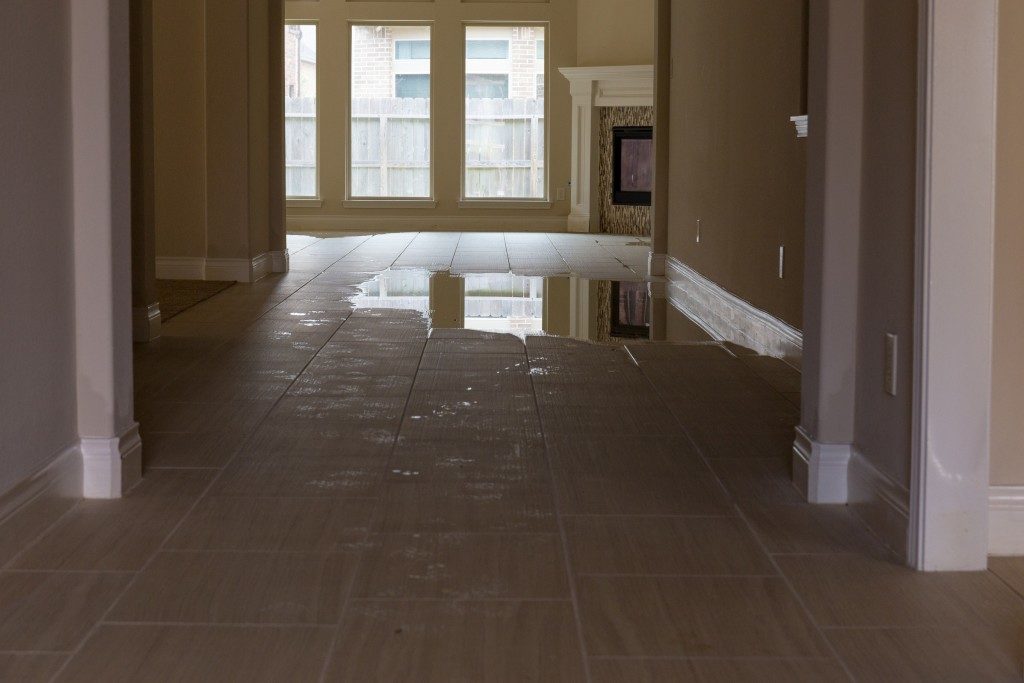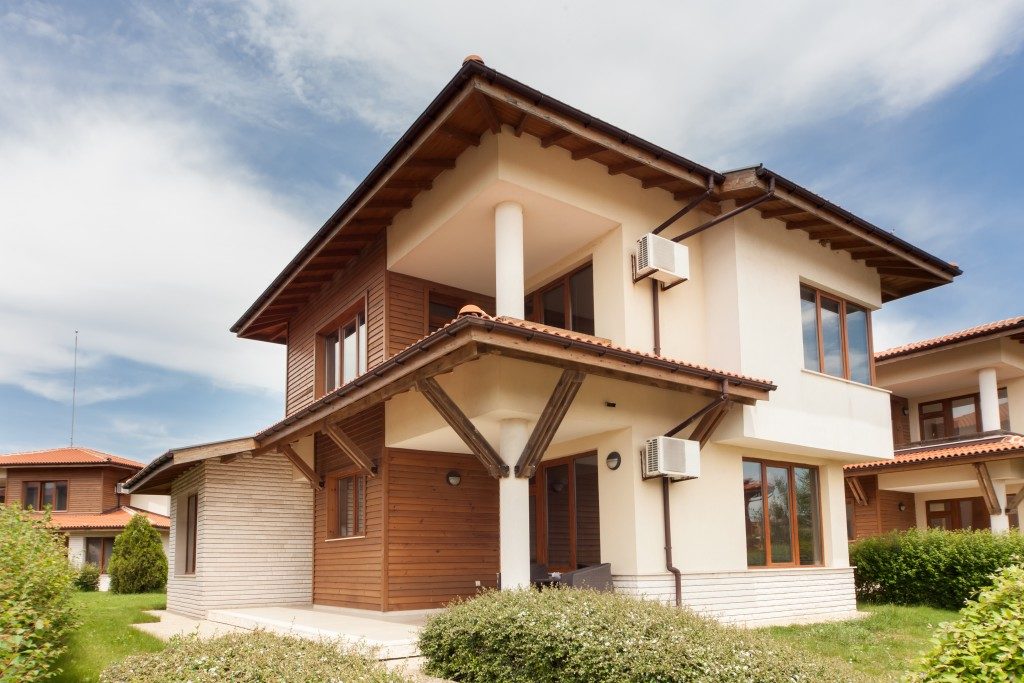Water is one of the most potent forces on earth. It can affect everything around it, including stone, earth, trees and any structure. Houses and structures located in areas near to waterways could experience more flooding, most often due to an overflowing creek or river. Heavy rainstorms could likely cause such overflows, and people who live near coastal areas can also experience extreme winds and rain aside from the flooding. But floods can create several problems and issues.
Primary types of damage due to flooding
Flooding can cause damage to people and property. It can drive sediment and mud on your floor. These sediments leave a layer of earth that could destroy your home’s flooring structure. It can also cause raw sewage to get inside your home, too.
Your home is also at risk of mold infestation once flood enters your house. Within 48 hours of exposure to water, your house is at risk of growing mold. Although most kinds of mold can be removed with vigorous cleaning, some infestations can be hazardous to your health when left.
Those who are near mountains are also at risk of erosion. Water can erode soil so, you need to know where water flows in these areas and which parts are susceptible to soil erosion.
The average cost of repairing water damage
People often apply for homeowners’ insurance claims in North Carolina and other states because of water damage in their homes. Damage repair expenses can be quite high, and so many homeowners often resort to their insurance to help them with their expenses. Floods and other natural calamities continue to get worse, and many homeowners often get insurance coverage to protect their investments.
The Balance says that several factors can impact the cost of repair from substantial water damage. A few of these factors include your location, the type of damage, and the extent of the water damage. The price also includes the cost of materials and labor in your area, too.
If you plan to clean your residence after a flood, then you need to follow several steps to clean it up. First, you need to stop the water from coming into your home to begin the repair. Next, clear out everything so the repair will be safe and your undamaged stuff will be secure.
Once you’ve cleared the area of water, you need to provide proper ventilation and start the demolition of walls or rooms that may have serious integrity issues. You can begin cleaning debris so you can start with the construction.

The US Department of Housing and Urban Planning can also help homeowners by providing them assistance in processing the water damage claim. Even more, they can also assist in understanding the requirements that you might need for any repair or restoration.
Delaying repairs after a flood could end up costing more. That’s why it’s a must to manage it quickly before the problem escalates. Neglecting to dry out the area ultimately can lead to various issues, including mold infestation. If you feel like the problem is out of your hands, then it’s best to hire professionals to clean your home for you.



